How Baby Toys Can Boost Early Language Skills: The Role of Sound and Interaction
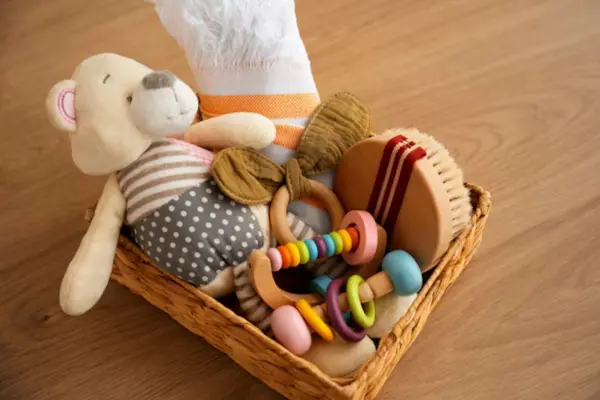
Watching your baby grow and develop is one of the most exciting parts of parenthood. Among the many milestones, language skills stand out as one of the most important—and it might surprise you to learn that baby toys play a big role in this journey. Yes, those rattles, musical toys, and soft animals do more than just entertain. They help babies develop the foundations for speech, communication, and language.
The Magic of Sound: Baby Toys That Speak
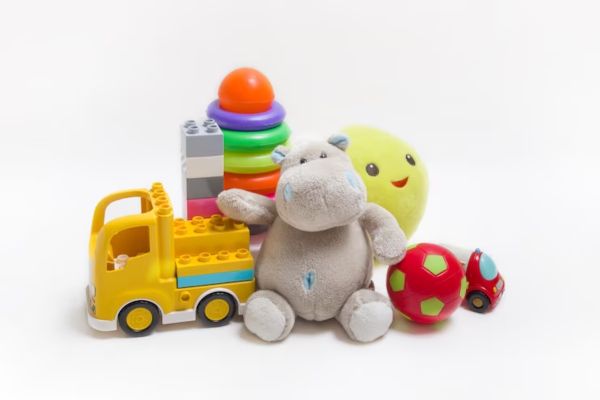
From the moment they are born, babies are soaking in everything around them, including sounds. Their brains are like sponges, absorbing the language they hear, even though they can’t talk yet. That’s where baby toys that make sounds come in. Think about a simple rattle. When a baby shakes it, they hear a noise—and this connection between action and sound starts to form a powerful understanding in their little minds.
But it’s not just about any noise. Toys that play familiar sounds—like animal noises or the jingles of a nursery rhyme—are particularly helpful. As babies hear these sounds repeatedly, they start associating them with certain things. “That’s a duck,” or “I hear a cow!” These are the early seeds of language, planting the idea that sounds have meaning.
The Power of Interaction: Talking Toys and Learning
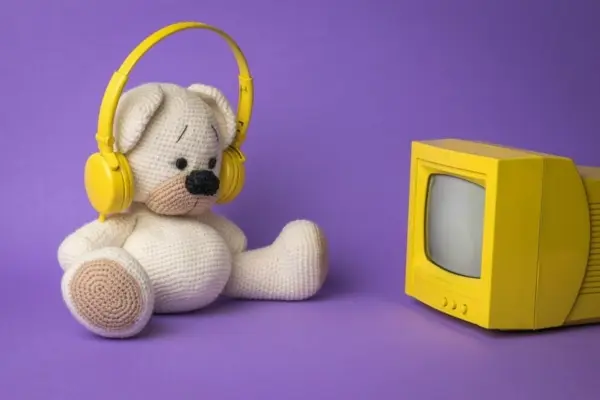
Now, let’s talk about the magic of interactive toys. These toys don’t just make noise—they ask for your baby’s response. Toys with buttons that sing songs or say words when pressed are excellent for language development. But here’s the thing: they’re even better when you, the parent, get involved!
Picture this: You press a button on a toy, and it says “Hello!” Your baby looks at it curiously, and you respond, “Hi there, baby!” This simple interaction is more than just cute—it’s the foundation of communication. Back-and-forth exchanges like this help babies learn how conversations work. You talk, they listen. They start to mimic sounds. Little by little, they start making their first words!
Repetition: The Secret Sauce of Language Learning
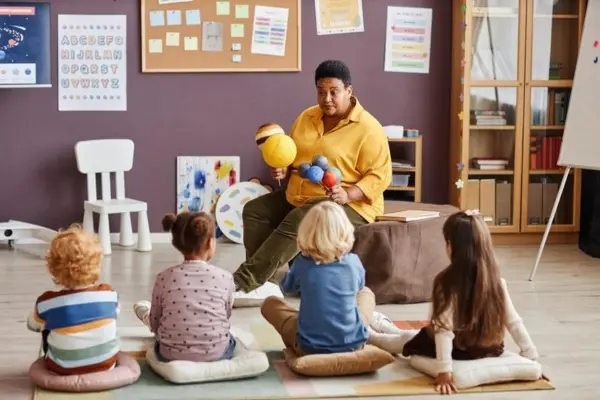
When it comes to language, babies love repetition—and so should the toys they play with! Repetitive toys are a great way to reinforce words and sounds. Imagine a toy that says “ball” every time your baby touches it. Over time, your baby will begin to associate the word with the object. This constant repetition helps them understand the connection between words and their meanings.
Repetition is key to how babies learn language. By hearing the same words and sounds repeatedly, they start to recognize patterns and absorb new vocabulary. That’s why toys that say or play the same things over and over are more than just fun—they’re tools for learning.
The Parent’s Role: Making Playtime Meaningful
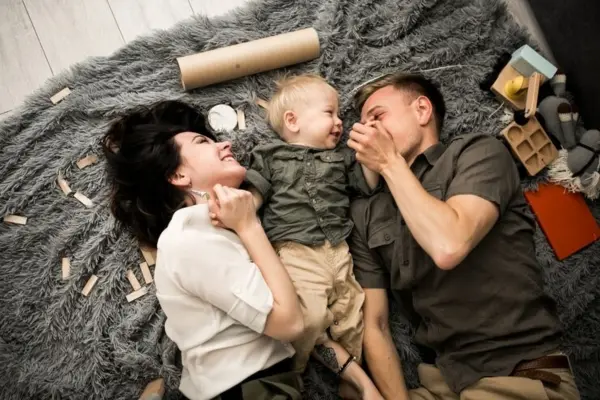
Baby toys are fantastic, but they work even better when you join in the fun. As your baby plays with sound-making or interactive toys, you can help by talking to them. If the toy plays a song or makes a sound, you can say, “I hear that! It’s a bell ringing!” This kind of back-and-forth helps your baby connect words with real-life objects and experiences.
You can also use toys to expand your baby’s vocabulary. When they press a button and hear a sound, add to the experience by describing it: “That’s the sound of a car driving by!” This not only introduces new words but also helps your baby understand how language works in everyday life.
Conclusion: Playtime That Teaches
So, the next time you see your baby playing with a toy that sings or rattles, remember: it’s not just about fun (though fun is definitely involved!). Those toys are building blocks for your baby’s language skills. Through sounds, interaction, and repetition, they are laying the groundwork for communication. And the best part? You, as a parent, are right there with them, helping them learn and grow every step of the way.